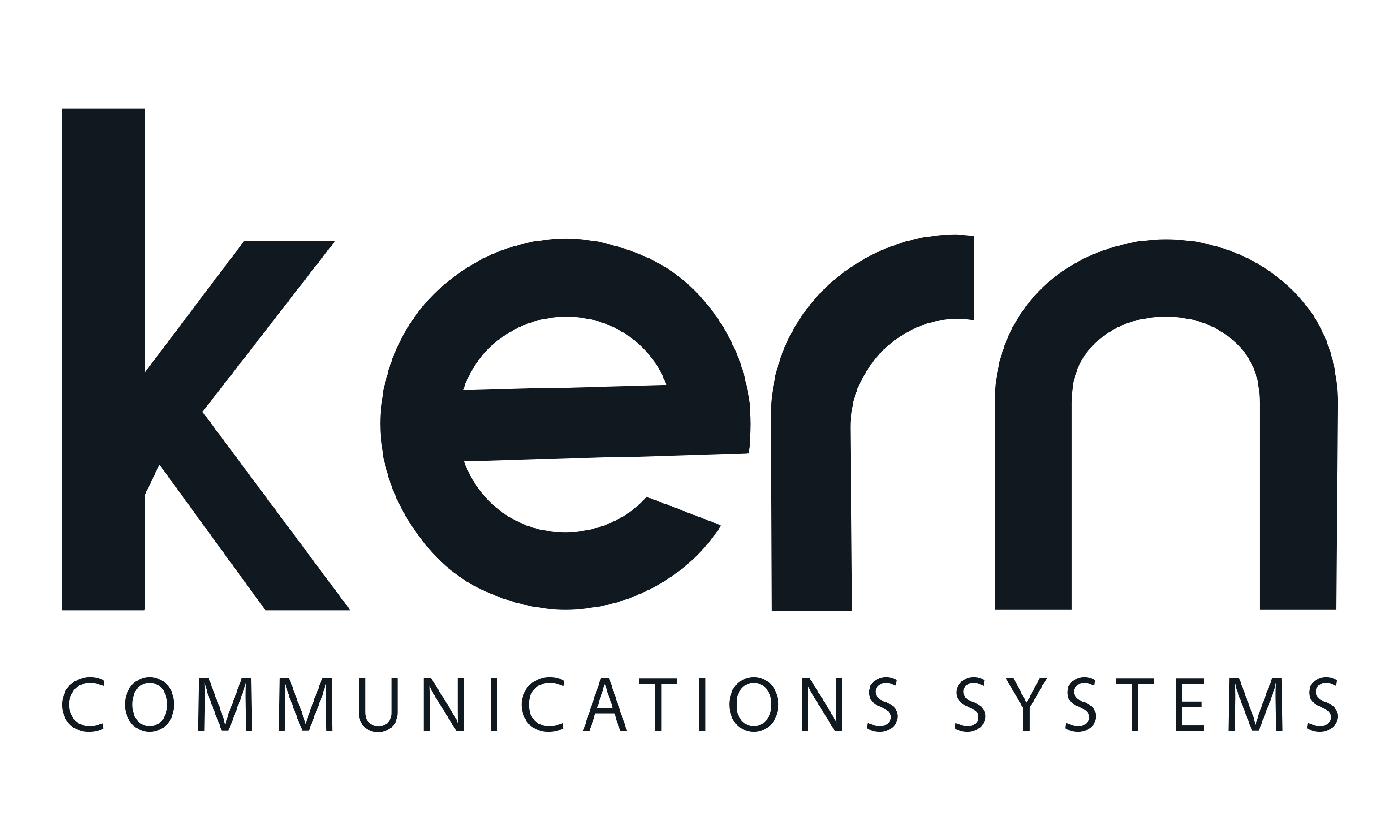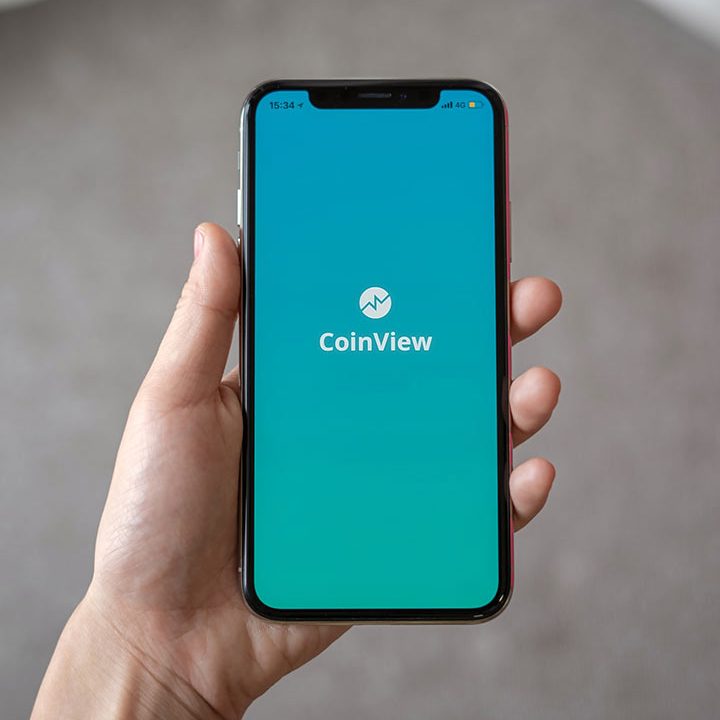25 Years of Connecting Industries: Unleashing the Power of Wireless IoT
Industrial IoT
Heating center
remote monitoring
Monitoring of phase
correction equipment
PLC remote
management
Heating center remote monitoring
The task to be solved is to provide a communication solution for the 24-hour remote monitoring of the heat centers built in blocks of flats belonging to the district heating network. The requirements for the solution are the provision of a mobile broadband communication channel, high availability, real time data transfer, secure data transfer channel, the manageability of the communication channel, and the connection of several endpoint devices. The heat center data is used for both operational and invoicing purposes.
IoT remote monitoring drawing
The solution
The device transmits the data passing through it via an IPSec network to the control center encrypted for their security. This was not supported by the previous system either. As a result, the path to the invoicing system became simpler and safer.
In order to transform the modern system, it may be necessary to update the routers and perform remote maintenance. Our device is also prepared for this, and you can do all of this in the manner expected by the customer.
In addition to the transmission of telemetry data, continuous system diagnostics are important. It is essential that if there is a transmission problem somewhere or the GSM coverage is not adequate, we can quickly and efficiently eliminate the error. In such situations, we can use the device’s complex SNMP services. Therefore, maintenance staff can even automatically receive an error report immediately. SNMP can be easily and clearly integrated into the architecture of the already live system. Remote access is provided 24 hours a day, so the maintainer can intervene and fix the error at any time – even without leaving the house.
The real-time monitoring of heat centers provides the opportunity for the most optimal operation and coordination of the entire system, even hundreds of heat centers. In case of errors, it provides an opportunity for immediate intervention, increasing the quality of the service and reducing the amount of damage caused by the error.
In addition to the technical aspects, real-time knowledge of consumption data provides the opportunity to issue consumer invoices in the shortest possible time, as well as eliminates the possibility of errors inherent in manual consumption meter reading.
Overall, it results in satisfied customers, more optimal operation, and improved cash flow.
Recommended product:
- Robustel R3000 3P
Monitoring of phase correction equipment
Ensuring remote access to phase correction equipment located in different parts of the country, compact network analyzer instrument, remote retrieval of data at certain intervals, sending an alarm in the event of an error, possibility of remote intervention.
The solution
The Janitza UMG 605 compact network analyzer device that the customer wanted to access was connected to the industrial router via an Ethernet port. The analyzer collects the data and then transmits it via an ethernet port to the 3G router, which sends it to the Janitza Gridvis monitoring software using the 3G mobile network.
The result:
- Continuous control option.
- Remote and quick intervention, the possibility of immediate remedy of possible malfunctions and abnormal operations.
- Cost savings – save time and money by minimizing departures.
It is not connected to wired internet, so it can transmit data using the mobile network even in the event of a system error or cable break.
The device used:
- Robustel R3000 L4L
- Robustel M2100
PLC remote management
PLC equipment with a serial port can be accessed remotely as if the PLC were connected to the computer with a cable.
The solution:
The Robustel M1000 Pro V2 transparently transmits messages and data arriving at the device’s serial port via the mobile network to a pre-configured center, as well as forwards messages from the center to its serial port. The data connection is via TCP or UDP, the serial port can be RS232 or RS485.
Example – TCP/UDP Server mode:
The establishment of the communication link is initiated by the central site.
The PLC is connected to the serial port of the M1000 Pro V2 through a serial port, the serial port of the M1000 Pro V2 is assigned to an IP port number. The central side initiates the establishment of the connection to the IP port assigned to the serial port, after the establishment of the connection, data can be sent and received between the serial port of the PLC and the central application.
Communication is possible even if the M1000 Pro V2 has a dynamic IP address. In the case of dynamic IP addresses, we can assign a domain name to the M1000 Pro V2 device using the Dynamic DNS service, the device becomes addressable using this domain name.
Example B – TCP/UDP Client mode:
- The PLC is connected via a serial port to the serial port of the M1000 Pro V2, which is connected to an arbitrarily configurable TCP/UDP port, so it can be easily adapted to the pre-configured central application.
- The M1000 Pro V2 can be configured in two ways:
- continuous data connection, on GPRS/3G network
- stand-by state, from which the device can be activated by SMS or call. Then the M1000 Prv V2 automatically connects to the desired system and the transparent data connection is established. When the data communication is finished, the device returns to stand-by mode.
In both examples, after the TCP/UDP connection is established, a transparent data connection is established, so that the PLC device can be accessed as if it were a device on the table.
The connected device:
- Robustel M1000 Pro V2







